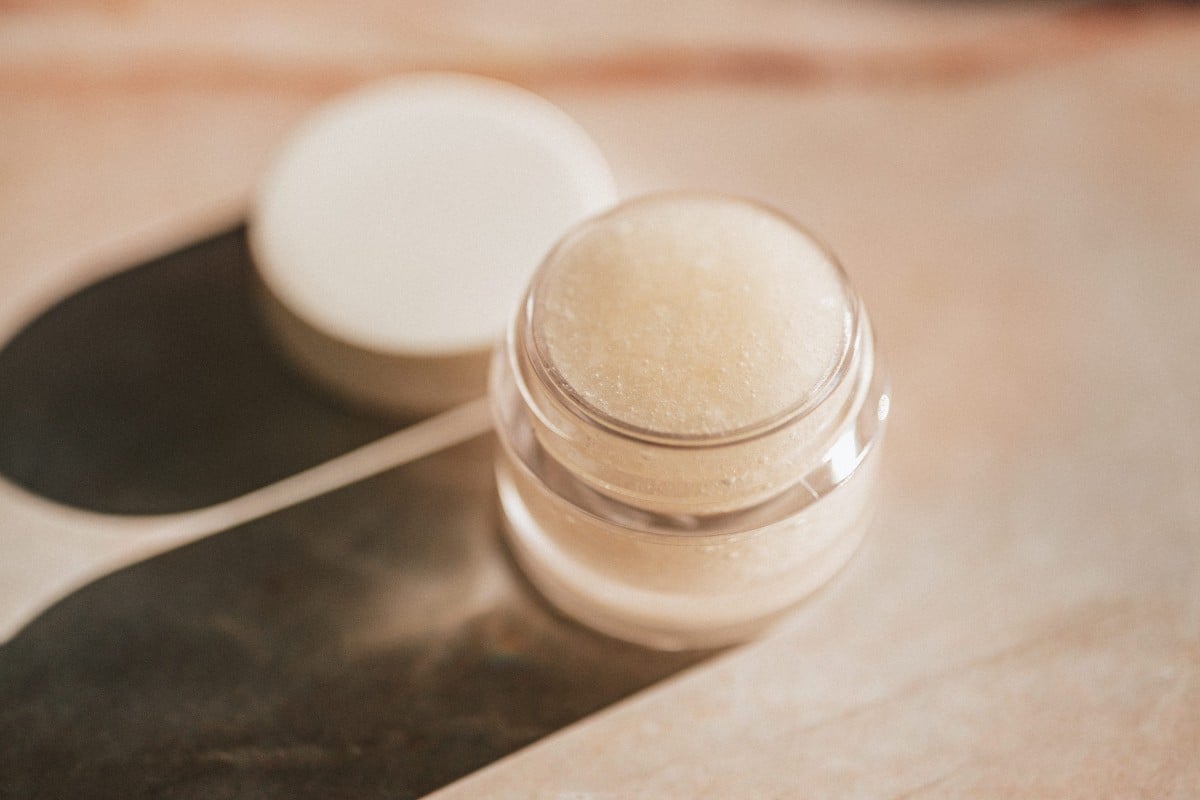Dioic Acid for Skin: Brightening and Acne-Fighting Benefits
[ad_1]

- It’s an organic compound with a similar structure to azelaic acid
- The skin benefits of dioic acid include brightening, fading discoloration, balancing excess sebum, and reducing acne bacteria
- It is well tolerable and gentle enough for daily use
- Can be paired with other skin brighteners and acne fighters like vitamin C and salicylic acid for dramatic outcomes
Lately, we’ve seen dioic acid popping up in a plethora of products addressing uneven skin tone and dark spots, being touted by researchers as a gentler yet effective alternative to hydroquinone and azelaic acid. It turns out this acid possesses some serious perks that help promote a more even-looking complexion, which brings us to the next questions. What is dioic acid in skincare, and how does it brighten the skin?
What is dioic acid?
Dioic acid (also known as octadecenedioic acid) is a monounsaturated carboxylic acid obtained from biofermentation of oleic acid.
How does dioic acid work in skincare?
Very similar to azelaic acid and its molecular structure (as both are carboxylic acids), dioic acid works at a cellular level to reduce pigment level (melanin) in the skin, delivering brightening and depigmenting benefits. Dioic acid does that by interfering with tyrosinase formation — the main enzyme responsible for melanin production.
However, even though dioic acid is known as a skin whitening agent, its activity is not related to the direct inhibition of tyrosinase, unlike most brightening actives. Instead, dioic acid binds to the peroxisome proliferator-activated receptor (PPAR), which in turn results in less tyrosinase being formed and less melanin transferred in skin cells.[1]
How effective is dioic acid?
As to how effective dioic acid is for improving hyperpigmentation and uneven tone, research shows at least promising. In a clinical study on 71 Indian women, a cream containing 1% dioic acid delivered a significant skin-lightening effect after 12 weeks.[2]
Another study found that a 1% dioic acid cream applied twice daily is as effective as 2% hydroquinone for treating melasma but with fewer side effects.[3] This means dioic acid is an excellent alternative for people who can’t tolerate hydroquinone. The same goes when comparing dioic acid with azelaic acid. While both have potent brightening benefits, dioic acid acts more gently, being more tolerated by those with problematic skin.
Dioic acid for acne
But the role of dioic acid in skincare doesn’t limit to its skin whitening power. In fact, it appears that dioic acid also has antibacterial and anti-inflammatory benefits, and according to some studies, it can regulate sebum production and reduce acne.
When compared on a molecular basis, octadecenedioic acid seems to be 50-fold more active than azelaic acid at targeting acne-causing bacteria.[4] For the record, one study found that 10% dioic acid can reduce acne as much as 5% benzoyl peroxide but without the adverse irritation such as scaling and burning, often caused by benzoyl peroxide.
Takeaway
To end, dioic acid in skincare is a big YES and is definitely a worthy ingredient for anyone looking to brighten their skin and fade hyperpigmentation. It also works to fight acne and rosacea by eliminating the excess oil and bacteria. For the best dioic acid products, we count SkinCeuticals Blemish + Age Defense Serum, Allies of Skin Multi-Nutrient & Dioic Renewing Cream, and Medik8 Blemish SOS.
References
- Wiechers JW, Rawlings AV, Garcia C, Chesné C, Balaguer P, Nicolas JC, Corre S, Galibert MD. A new mechanism of action for skin whitening agents: binding to the peroxisome proliferator-activated receptor. Int J Cosmet Sci. 2005 Apr;27(2):123-32. doi: 10.1111/j.1467-2494.2004.00256.x.
- Merinville, E., Byrne, A.J., Visdal-Johnsen, L., Bouvry, G., Gillbro, J.M., Rawlings, A.V. and Laloeuf, A. (2012), Clinical evaluation of a dioic acid-based formulation on facial skin in an Indian population. Int J Cosmet Sci, 34: 575-581. https://doi.org/10.1111/ics.12002
- Tirado-Sánchez A, Santamaría-Román A, Ponce-Olivera RM. Efficacy of dioic acid compared with hydroquinone in the treatment of melasma. Int J Dermatol. 2009 Aug;48(8):893-5. doi: 10.1111/j.1365-4632.2009.04105.x. PMID: 19659872.
- Pathogenesis and Treatment of Acne and Rosacea, Christos C. Zouboulis, Andreas D. Katsambas, Albert M. Kligman, Springer, 28-Jul-2014
[ad_2]
Source link
